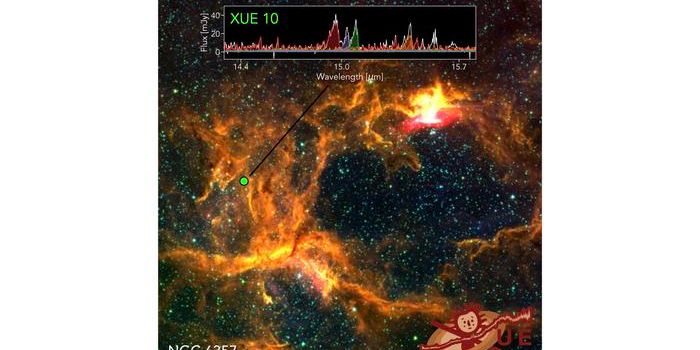Planetary Scientists Peer Into the Depths of Venus' Atmosphere
Venus is a particularly strange planet, and this is part of the reason why planetary scientists have taken so much interest in learning more about it. Unfortunately, deploying landers on the Venusian surface to explore isn’t much of an option because the planet’s environment is so harsh that they’d quickly fail. That said, external observations are more feasible and long-term.
Image Credit: JAXA/ISAS/DARTS/Damia Bouic
One of the ways planetary scientists can make external observations of Venus is with JAXA’s Akatsuki spacecraft, which has been orbiting the planet since the end of 2015. Fortunately, Akatsuki comes equipped with infrared imagers, which makes the spacecraft ideal for observing the depths of the Venusian atmosphere.
JAXA initially deployed its Akatsuki spacecraft in an effort to learn more about Venus’ super-rotation, which is a phenomenon where the planet’s atmospheric layers rotate several times faster than the planet’s terrestrial surface. On the other hand, the spacecraft is doing much more than that, such as unveiling the secrets that hide within the planet’s atmospheric layers.
Planetary scientists have no trouble observing Venus' uppermost clouds because they're the first thing you see when you peer at the planet with a space telescope. But observing the planet’s inner cloud layers is something that only Akatsuki’s infrared capabilities could achieve, and according to a paper now published in the journal Geophysical Research Letters, scientists are now reading into it.
"We observed completely unexpected events," said study lead author Javier Peralta, a researcher with Japan Aerospace Exploration Agency (JAXA). "We have discovered that the middle clouds are not as quiet or as boring as they seemed during previous missions."
Related: The cloud activity on Venu's night side is baffling astronomers
As it would seem, Venus’ middle cloud layer is vastly different from the planet’s uppermost cloud layer. The former is vastly inconsistent with the latter, and they exhibit an entirely different albedo, which means that they reflect different amounts of sunlight back into space. The findings have implications for the composition of Venus’ middle cloud layer, and experts are somewhat excited about it.
Venus’ middle cloud layer sometimes exhibited a mix of dark and light clouds, but other times, only displayed featureless light clouds. The researchers go on to explain that these features are consistent with a process on Earth called convection, which is often responsible for causing thunderstorms.
Even the clouds’ albedo seemed to be unpredictable. Sometimes the clouds absorbed more sunlight, and other times, they absorbed less. This impacted Akatsuki’s ability to penetrate the clouds with infrared light, giving researchers the idea that Venus’ middle cloud layer either sports some type of infrared-absorbing compound or varies in thickness from one place to another.
As you might come to expect, the research is raising more questions than it answers, and that’s good for science. It’s possible that Venus’ super-rotation has something to do with the strange characteristics encompassing the planet’s middle cloud layer, but the only way planetary scientists can know for sure is to continue studying the planet and gathering data for analysis.
Related: Planetary scientists want to try exploring Venus again
Perhaps NASA’s upcoming James Webb Space Telescope will provide more clues…
Source: Phys.org, Geophysical Research Letters









